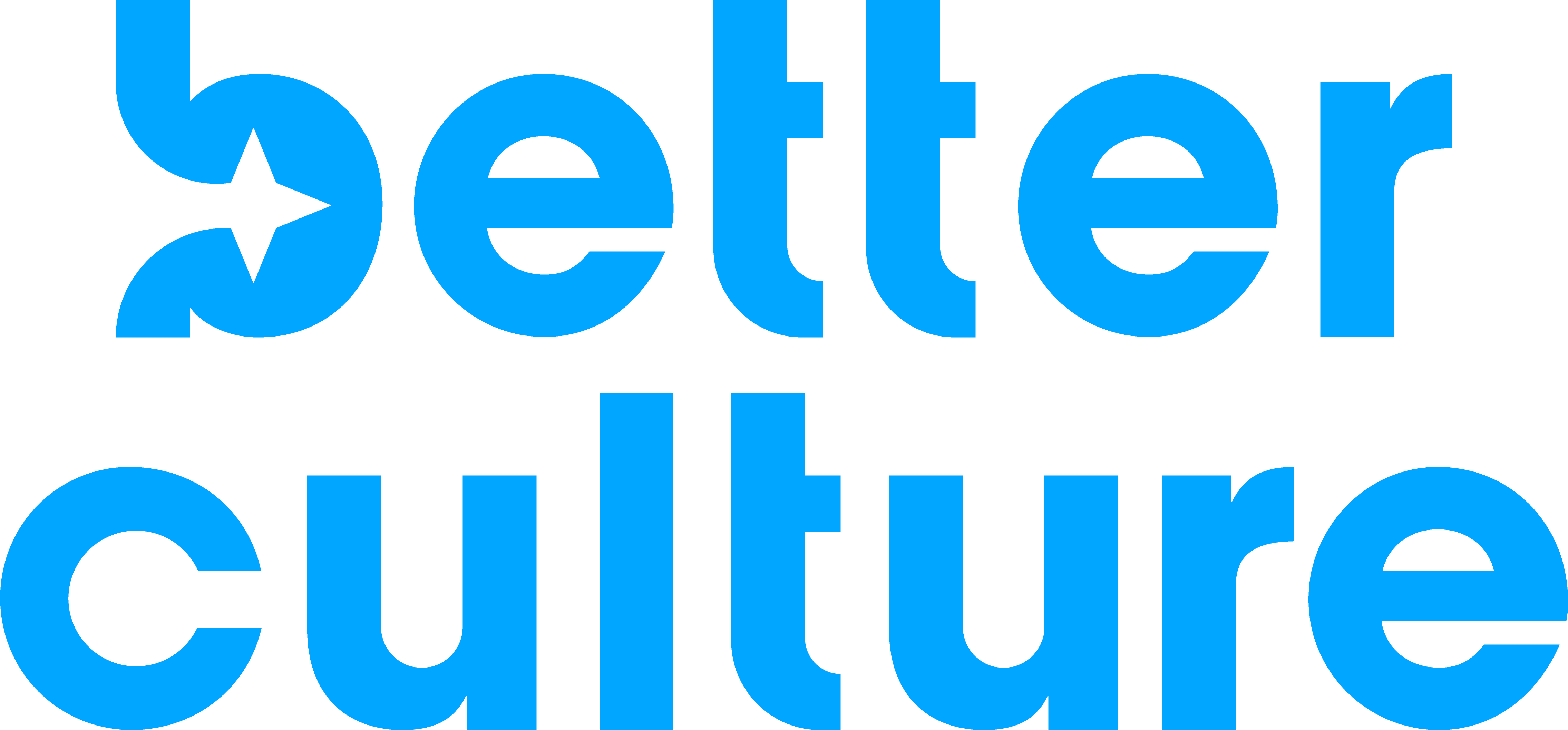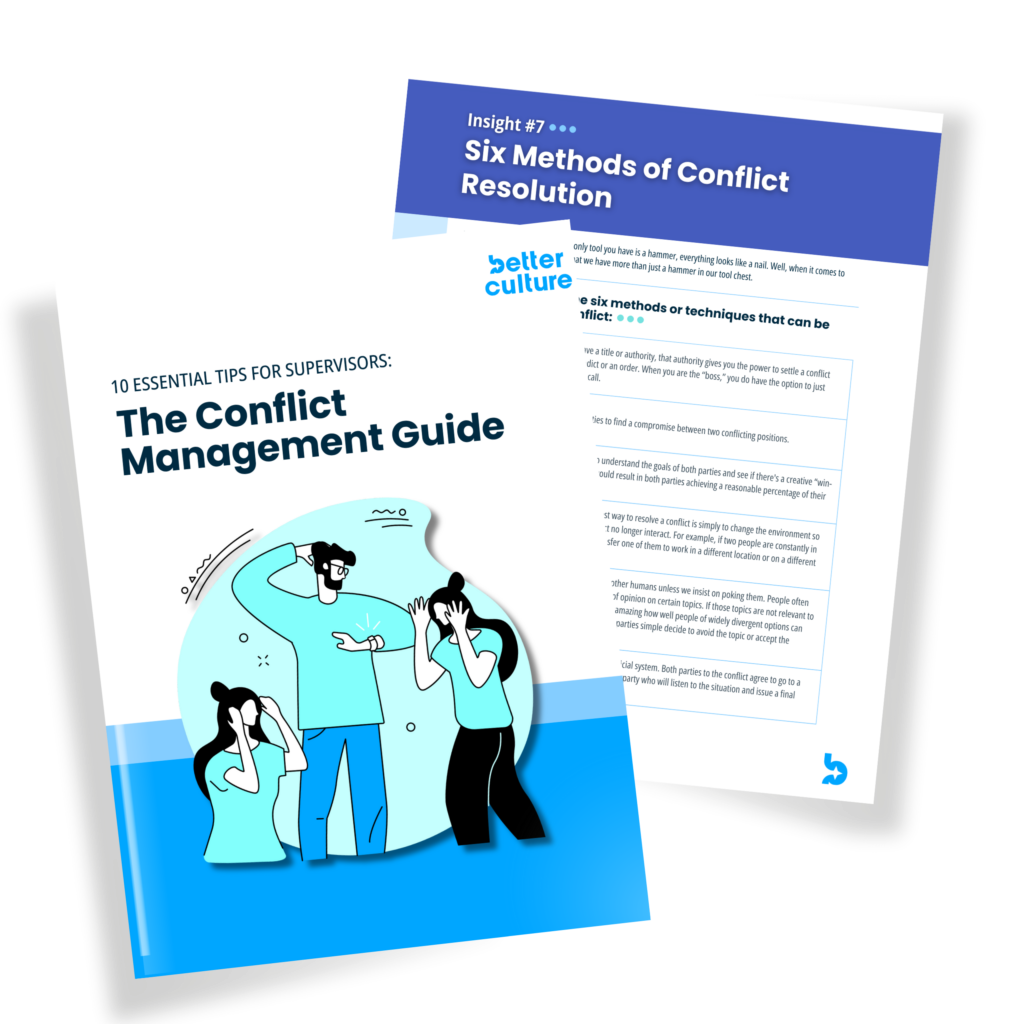If you want to create and protect a great culture within your work setting – a lot is required. In fact, our entire company, BetterCulture, is dedicated to helping our clients do exactly that.
If you want the best shot at building and maintaining a great culture, we believe that you need to designate a person within your company to be the overall driver of that process – a person who has the knowledge, tools, support, and power to make your culture come to life. We call these executive level leaders “company level culture drivers” or, in larger companies, “Chief Culture Officers.”
But company level drivers do not work in isolation. In even moderate-sized companies, the company level driver must work through others. An important part of a company level driver’s role is to identify and prepare others within the company to function well as (1) team level drivers and (2) initiative drivers.
Today we want to focus on what we refer to as an initiative or product driver.
Who is Driving Your Culture Initiatives?
To build and protect a great culture requires the use of high-quality assessment tools and training programs. BetterCulture offers our clients a wide array of such tools and programs. What we consistently find is the impact of those tools is greatly enhanced when their implementation and use is overseen – is driven – by a specified, competent person!
We want to stress that again: if you plan to make use of assessments or training programs within your company, you will likely lose over 50% of the potential impact if you fail to clearly designate a competent individual to drive the implementation and use of that tool or program.
It is commonplace for organizations to decide WHAT they are going to do, and then to completely fumble the ball when it comes to HOW they are going to do it.
Here is an example: The top executive team of a company decides, “Yes, let’s go with that leadership training program.” They then fail to introduce the program in a positive way, start with the wrong group of participants, use the wrong schedule for the training, deliver training sessions in the wrong setting, have the wrong person facilitating the program, have no plan to reinforce the concepts being taught, have no way to incorporate important practices being taught into organizational processes, and have inadequate measures to monitor program effectiveness. The top executive team’s conclusion: “That program didn’t produce the results we’re looking for.”
The reality? The program may be great, but when a great song is put in the hands of a bunch of people who lack direction and can’t sing, the cacophonous result is not a problem of the song.
So how can you avoid this big-time misstep? It is actually fairly simple. Just designate the right WHO to be in charge of the WHAT you decide to do, and then make sure that individual has both the knowledge and power needed to get the HOW right.
A few examples here may be helpful:
- If a client wants to run the BetterCulture Survey©, we always want a specific driver within that organization to work with us to determine (1) the optimal timeline for the survey, (2) how to break down subgroups within the company for detailed data collection and analysis, (3) what supplemental questions would be helpful to add, (4) how to best present results to management, (5) what and how to convey feedback to the employee base, and (6) how the company can make best use of the results to find opportunities for growth and improvement.
- When a client elects to make use of our On-Demand MindSet Leadership Program©, we want a designated driver within the client company who we can work with to (1) determine the number of individuals who will be enrolled in cadre groups experiencing the program, (2) establish the frequency and pacing of the training sessions, (3) identify an effective facilitator for the program, (4) introduce the program in a way that helps participants recognize its potential contribution to business success, (5) hold participants accountable for participation, (6) plan to get feedback from participants, and (7) identify if content from the program could be useful to the organization more broadly.
- When a client decides to make use of our 20 Tenets of Culture© program that is designed to advance the success of every employee, we want a designated driver who we can work with to make sure (1) the opportunity is introduced well to all employees, (2) executives support and reinforce the content, (3) supervisors see the great opportunity they have to make use of the 20 Tenets assessment and coaching videos at the team level, (4) the client makes good use of the dozens recommendations in our Best Practices Guide, and (5) the client company understands how to make best use of the large amount of aggregate data that 20 Tenets makes available via the program’s corporate dashboard.
We feel so strongly about this issue that when a new client wishes to make use of any of our assessments, tools, or training programs, we are now starting to ask (okay, actually insist) that a specific individual be designated as the “initiative driver,” i.e., the person who we will work with to make sure the assessment or training initiative is implemented in a way that will make it as helpful and impactful as possible.
This is why, at the start of 2023, BetterCulture is creating Product Driver Mastermind cohort groups. All BetterCulture clients will be asked to designate a Product Driver who will be invited to regular virtual group coaching sessions to discuss and encourage optimal implementation of our programs.
Our products are terrific, but we know their ultimate value and impact on our clients is hugely dependent on how effectively they are implemented and reinforced.
What we’ve learned is that, with the right support, our clients see at least double the impact from our solutions when they (a) identify a capable product/initiative driver and (b) give that driver regular access to BetterCulture to give advice, push their thinking, and insist on best practices.
The result will be good for your company and give you the biggest bang for your investment in leadership and culture.




